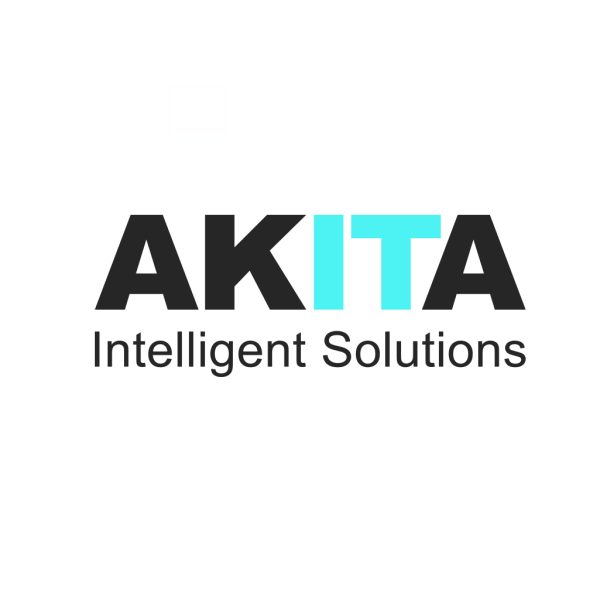Migrating to Microsoft Dynamics 365 is more than a technical task—it’s a strategic shift that affects operations, reporting, and user confidence.
A poorly managed migration can lead to data errors and inefficiencies, but a well-structured one lays the groundwork for reliable information, consistent processes, and stronger decision-making.
A successful Microsoft Dynamics 365 data migration requires structure, discipline, and a clear roadmap. Below are the eight essential steps that guide organisations through this complex yet rewarding process:
Step 1: Pre-Migration Planning
Every effective migration begins with a robust plan. This phase defines scope, strategy, and ownership—ensuring clarity before any data is moved.
Start by identifying all data sources and determining which records are essential, historical, or redundant. Define your objectives—whether to modernise legacy systems, consolidate business data, or improve reporting accuracy. Assign responsibilities across technical leads, data analysts, and key business users.
Holding a planning workshop early on allows stakeholders to align expectations, define migration goals, and agree on a realistic schedule. Setting these foundations reduces risk and ensures a smooth transition to Dynamics 365.
Step 2: Data Assessment and Cleaning
Before moving data, it must be audited and cleaned to guarantee integrity. Duplicate records, incomplete fields, and inconsistent formats can all create downstream issues.
Run data quality checks to identify missing or invalid values, and apply validation standards for field types, naming conventions, and formatting. Clean, de-duplicate, and archive any irrelevant data that does not serve current business needs.
By improving the quality of data before migration, organisations reduce post-implementation rework and enhance system trust among users.

Step 3: Choose the Right Migration Tools
Selecting the right tools for your Microsoft Dynamics 365 data migration determines performance, scalability, and accuracy.
For smaller datasets, built-in import wizards may suffice. However, for enterprise-level migrations, advanced tools such as Azure Data Factory can manage higher volumes and more complex transformations.
Evaluate each tool’s compatibility, performance limits, and ability to handle incremental updates during phased migrations. Selecting the right solution ensures faster loads, minimal disruption, and dependable error handling.
Step 4: Data Mapping and Transformation
Mapping defines how old data fits into your new Dynamics 365 structure. A precise mapping plan eliminates confusion and supports accurate data relationships.
Define how source fields correspond to destination fields, ensuring that entities like accounts, contacts, and orders remain linked. Apply necessary transformations such as standardising formats, merging fields, or translating legacy codes.
Documenting every mapping decision and transformation rule provides clarity and serves as an audit trail. It also ensures consistency across test and live migrations.
Step 5: Test Migration (Pilot Runs)
Before a full migration, testing allows you to confirm assumptions, uncover issues, and refine the process.
Run pilot migrations with representative data samples. Validate that all fields, relationships, and values have transferred correctly. Record and address any errors, inconsistencies, or performance issues identified during these trials.
Repeat the test cycle until accuracy, completeness, and performance meet the required standards. This process helps ensure your full migration proceeds smoothly and predictably.
Step 6: Full Migration Execution
Once testing confirms readiness, the full data migration can proceed.
Schedule the migration during off-peak periods to minimise operational disruption. Always back up source systems in case of rollback requirements. Execute the migration in structured phases—such as customers first, then transactions—to maintain data integrity.
Monitor progress continuously, capturing error logs, load times, and success metrics. If necessary, include incremental loads to capture changes made during the migration window.
Step 7: Post-Migration Validation and Reconciliation
After the migration, validation ensures your Dynamics 365 environment reflects accurate, complete, and usable data.
Reconcile record counts, verify relationships between entities, and test core business processes such as order creation or reporting. Compare migrated data to pre-migration baselines to confirm consistency.
Solicit feedback from end users to identify any unexpected issues, and refine configurations where necessary. Proper validation ensures your new environment operates seamlessly from day one.
Step 8: User Training, Adoption, and Continuous Improvement
Even the most precise Microsoft Dynamics 365 data migration achieves little if users cannot work effectively with the new system.
Deliver targeted training sessions and provide easy access to guides and support materials. Encourage feedback and monitor system usage to identify where additional training or adjustments may be needed.
Establish ongoing data governance frameworks, including periodic quality reviews and validation checks. This ensures that clean, accurate data remains a long-term asset to the business.
Why These 8 Steps Matter
Each of these eight steps plays a crucial role in ensuring your Dynamics 365 migration achieves more than a simple data transfer—it establishes a foundation for operational accuracy, business continuity, and long-term system value.
The planning and assessment stages build strategic alignment, clarifying priorities and responsibilities before execution begins. Tool selection and mapping ensure that your data is structured, transformed, and migrated in a way that supports both technical and business requirements. Rigorous testing and validation safeguard against costly errors and performance issues, ensuring migrated data behaves correctly within Dynamics 365’s workflows and integrations.
Equally important, the final phases—user adoption and continuous improvement—ensure that your investment delivers lasting business benefits. A well-planned migration helps users trust the system, improves reporting accuracy, and enhances productivity through cleaner, connected data.
When approached systematically, these eight steps reduce project risk, improve efficiency, and help organisations unlock the full capabilities of Dynamics 365—turning migration from a technical exercise into a strategic enabler of digital transformation.
Ensuring The Success Of A Dynamics 365 Data Migration
A Microsoft Dynamics 365 data migration is not just about moving data—it’s about redefining how your organisation manages and leverages information. By following these structured steps, businesses can ensure a seamless transition, mitigate risks, and fully realise the value of their investment in Microsoft’s enterprise platform.
Need assistance with your data migration requirements? Speak with Akita's experts today:





